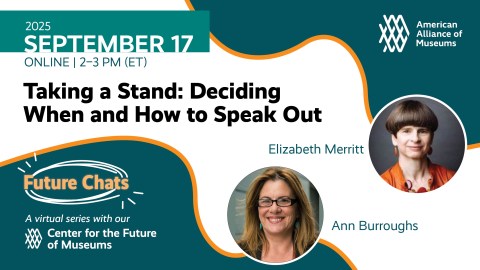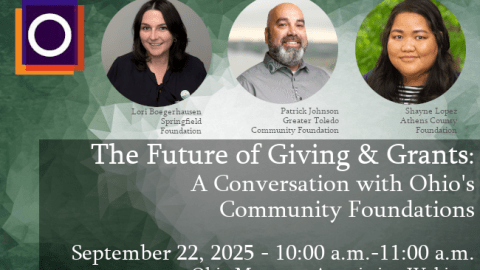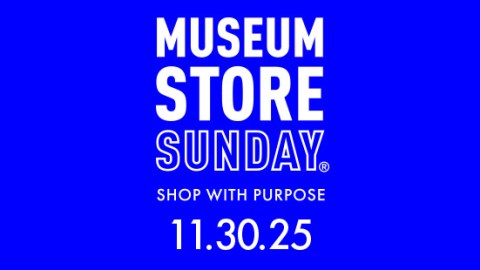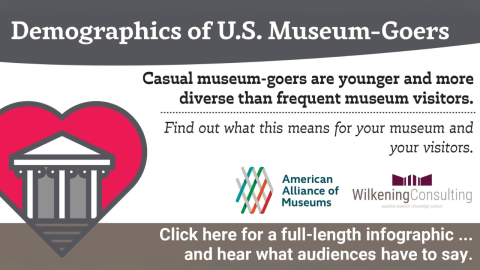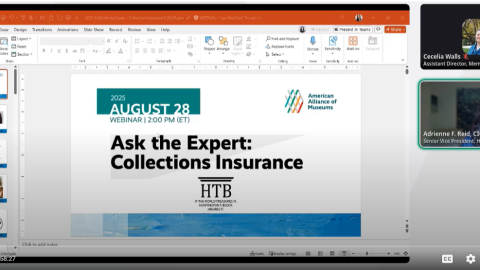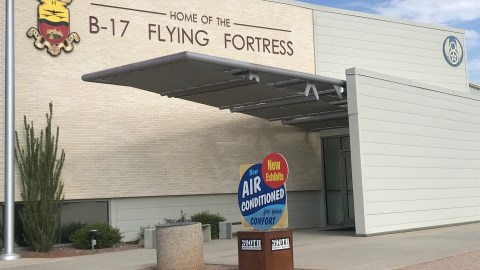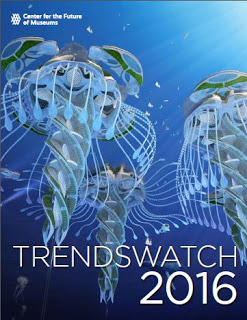
 Following from TrendsWatch 2016’s profile of changes in the nature and flow of work itself in the section “Labor 3.0,” we’re exploring the issue in a suite of ongoing programs over the course of three days. We will host flash sessions, open forums, one-on-one meetings, and interactive experiences designed to tackle big questions around access, equity, diversity and inclusion as they relate to the future of museum work. I hope that you will use this post to spark your thinking–and map your schedules. Join us in person in DC and on Twitter using the hashtags #Labor3pt0 and #AAM2016.
Following from TrendsWatch 2016’s profile of changes in the nature and flow of work itself in the section “Labor 3.0,” we’re exploring the issue in a suite of ongoing programs over the course of three days. We will host flash sessions, open forums, one-on-one meetings, and interactive experiences designed to tackle big questions around access, equity, diversity and inclusion as they relate to the future of museum work. I hope that you will use this post to spark your thinking–and map your schedules. Join us in person in DC and on Twitter using the hashtags #Labor3pt0 and #AAM2016.
We are honored to be joined in this work by a group of capable and committed partners. My deepest, heartfelt thanks to the entire team of folks lending their considerable talents to this effort:
Porchia Moore (Visitors of Color Tumblr)
Adrianne Russell (#MuseumsRespondtoFerguson)
Jamie Daniel (UPI Local 4100, IFT/AFT; Chicago Center for Working Class Studies)
Omar Eaton-Martinez (Smithsonian National Museum of American History)
Makeba Clay (Smithsonian National Museum of African Art)
Anne Gregory (GapJumpers)
Suezette Robotham (The Higher and Hire Group)
Day Al-Mohamed (US Department of Labor)
Chris Taylor (Dept. of Inclusion and Community Engagement, Minnesota Historical Society)
DivCom (The AAM Diversity Professional Network)
Brittany Webb (The African American Museum in Philadelphia)
Lanae Spruce (Smithsonian National Museum of African American History)
For the CFM Demo schedule-at-a-glance and a full list of recommended events, follow the link to your guide to museums and labor at the annual meeting. I’m also delighted to announce that we’ve added three new events to the line-up.
Friday, May 27
Saturday, May 28
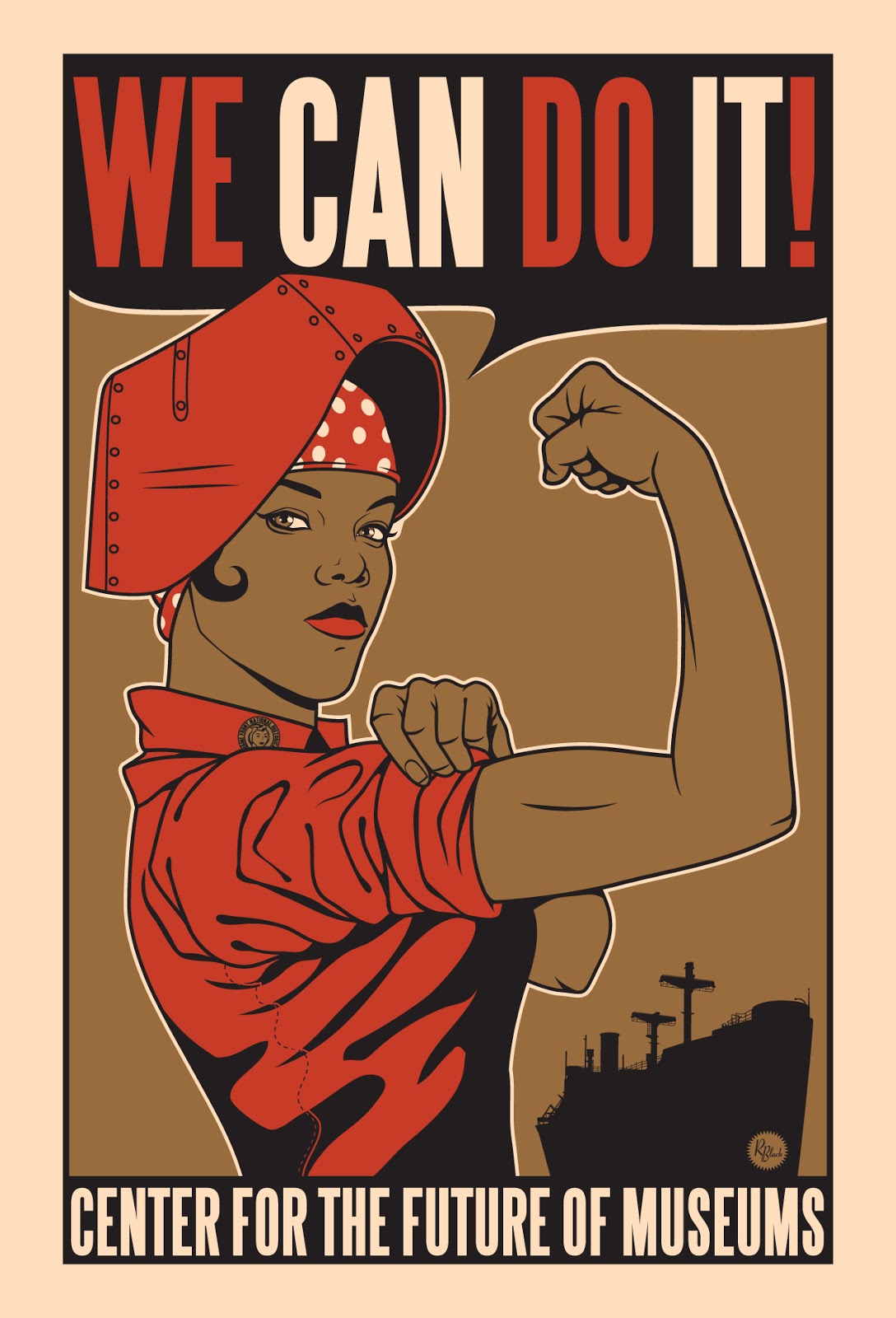 9 – 10:00 am: Museums and Living Wage. Join Elizabeth Merritt and the CFM team in an interactive activity exploring the living wage in your community. Use MIT’s Living Wage Calculator to map where you are and get real-time data on comparables that you can use to help your organization benchmark its wages.
9 – 10:00 am: Museums and Living Wage. Join Elizabeth Merritt and the CFM team in an interactive activity exploring the living wage in your community. Use MIT’s Living Wage Calculator to map where you are and get real-time data on comparables that you can use to help your organization benchmark its wages.
Check the blog regularly across the next two weeks for guest posts by collaborators from the Incluseum; Stephanie Cunningham and Monica Montgomery of Museum Hue; and Museum Workers Speak outlining their events.
In the meantime, here are two questions that have been guiding my thinking in planning for the demo.
Why Labor?
Sustainability is top-of-mind across the cultural heritage sector. Museums, especially, are concerned with the long-term impacts they will have on the physical and cultural environments in which they do their work. Part of this conversation about sustainability includes a discussion of what Dr. Johnnetta Betsch Cole names as the “social value of museums.” In her keynote at last year’s annual meeting, Dr. Cole pointed to diversity as essential for the sustainability of our field. Museums, she argued, “cannot continue to be of social value if we do not do what is required to have more diversity in who works in our museums, in the work we present in our museums, in the audiences we welcome to our museums, and in the philanthropic and board leadership in our museums.” When our museum workforces reflect the diversity of race, ethnicity, ability, and gender expression within our communities; when they are safe spaces for queer and LGBT employees; and when they offer fair opportunities for compensation and career advancement, they are better able to anticipate and create more vibrant social worlds.
What Can We Do?
But the focus on pathways to employment only address one dimension of access. Creating welcoming workplace cultures and retaining employee diversity are equally important. We must find ways to increase equity at all levels of museum work. Our future depends on it, and our partners are helping our field do just that.
I invite you to think with me–and with them. Please share your thoughts in the comments section below and join me in the booth!


